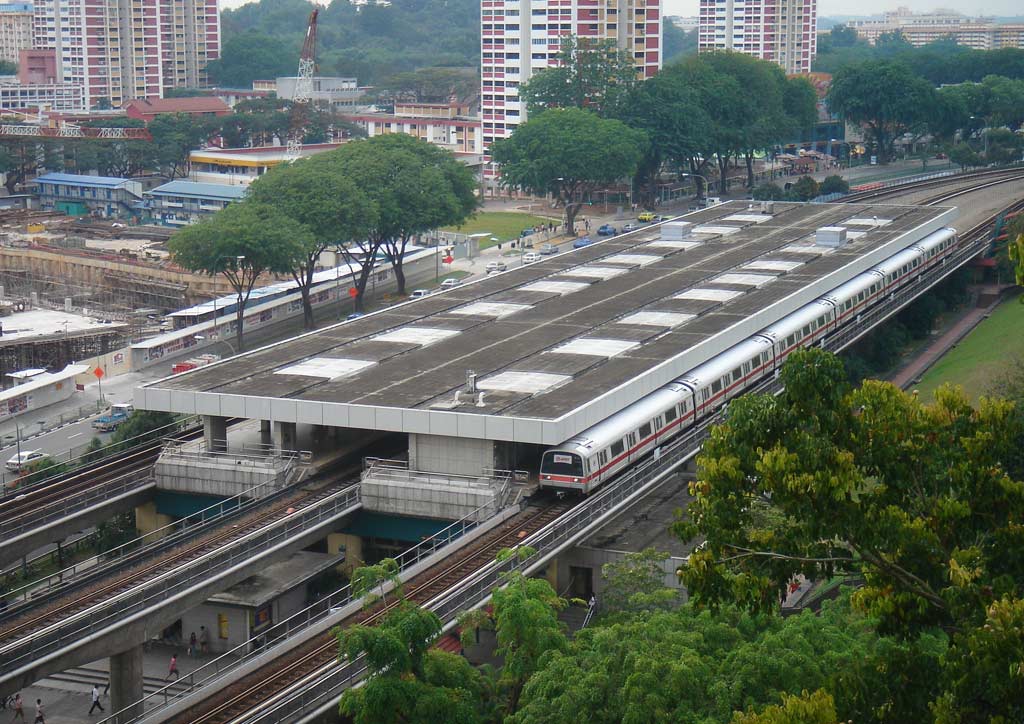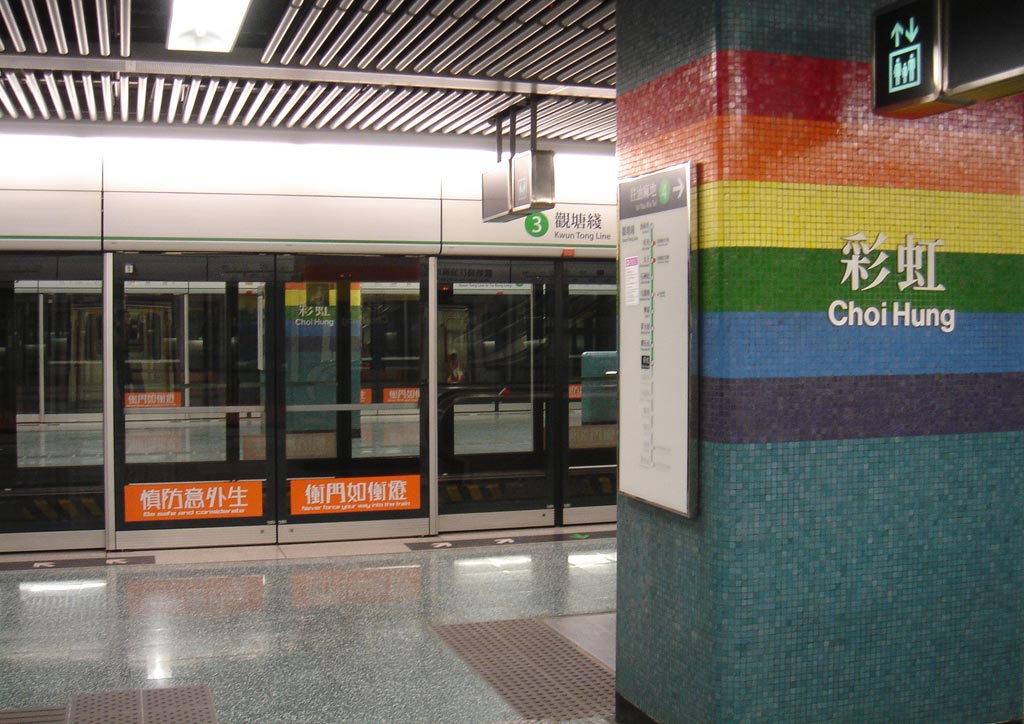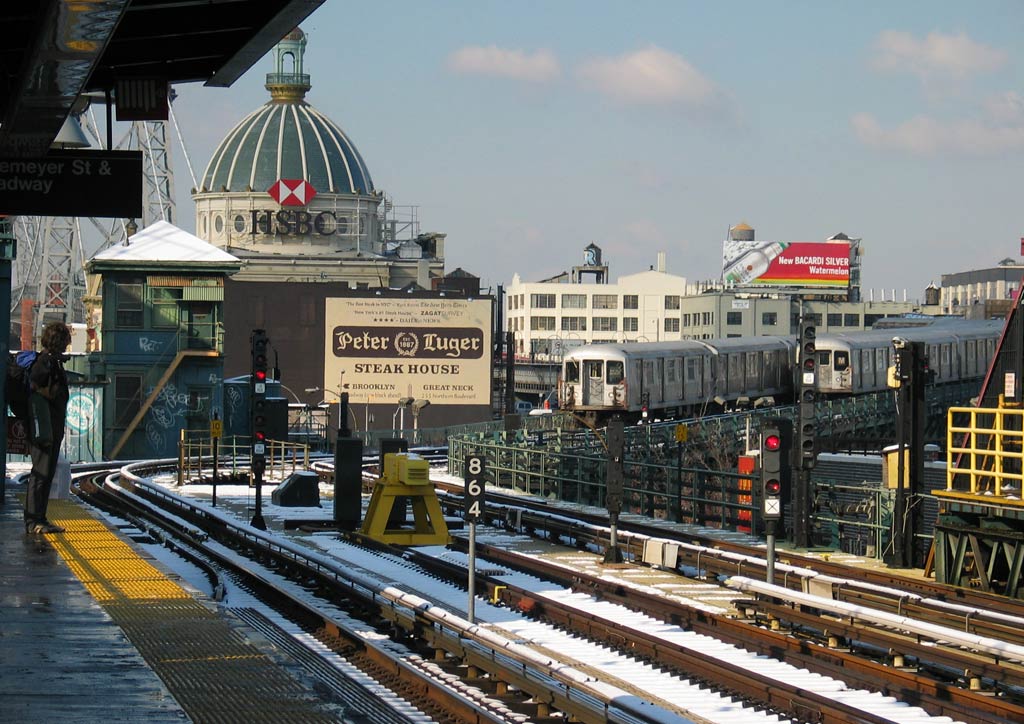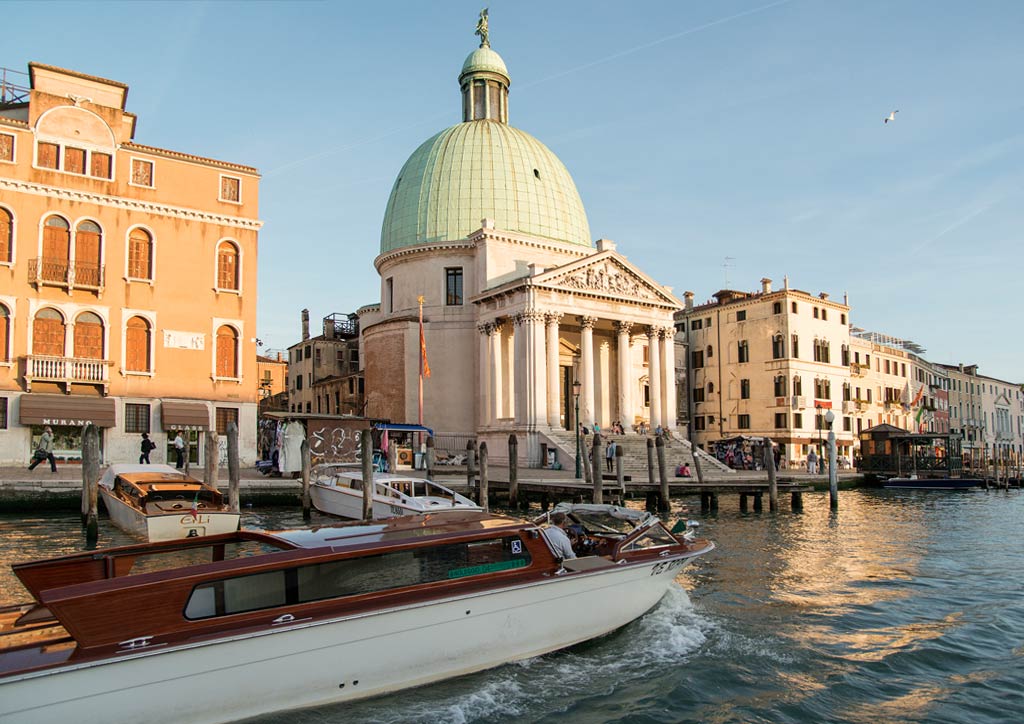
5 public transit systems the Philippines can learn from
Whether you’re commuting or driving yourself to work, school, or anywhere in Metro Manila, you’ve surely either whispered a wish or growled in anger. Why not, when all you’ve been experiencing is getting stuck in heavy traffic (causes vary from road re-blocking to an accident on the road), missing a bus, paying more than what you should have for a taxi ride, spending hours trying to book a car, or getting injured attempting to embark an overloaded train.
The government has taken steps to ease the woes of the riding public with new traffic schemes and new infrastructure developments. However, we are far from the noteworthy public transport systems of these five cities across the world:
1 | Singapore
In the Southeast Asian region, where public transportation system is still relatively poor and underdeveloped, Singapore sits atop the 2016-2017 Global Competitiveness Report of the World Economic Forum among the ASEAN member nations. The Lion City boasts of approximately 150 kilometers of train system coverage with five operational metro rail transit (MRT) lines (a sixth expected to open in 2019); and three light rail transit (LRT) lines. The city has a total of 146 train stations accepting stored-value cards which can also be used on bus lines.

Furthermore, in a recent study (June 2018) by consulting firm McKinsey, Singapore ranks first among 24 cities from all over the world in terms of public transport affordability, ticketing system, and environmental impact. It is also top three in public and private transport efficiency, as well as safety.
READ MORE: The hidden architecture of Singapore’s Gardens by the Bay
2 | Hong Kong
According to the 2017 Sustainable Cities Mobility Index from Arcadis, Hong Kong is the city that has the most sustainable public transport system among 100 cities in the world. Meanwhile, it is first in terms of safety and fourth in terms of public transport convenience in the McKinsey report, despite the high population density. Hong Kong’s stations also has public computers, wheelchair and stroller accessibility and storage, glass doors to keep commuters from the train tracks, and more that no other subway systems in the world offer.

Thanks to the efficient Mass Transit Railway (MTR) Corporation managing the subway and bus systems in the island, Hong Kong’s transport system has become a model for other cities around the world. In fact, the MTR Corporation also runs individual subway lines in Beijing, Hangzhou, and Shenzhen, China; two in the London Underground; and the Melbourne and Stockholm subway systems.
READ MORE: ‘Micro Civic Architecture: On Making Waste’ probes HK’s waste issues
3 | New York, USA
The Big Apple has the most complex public transportation system in the world, according to a study on subway maps by a group of theoretical physicists and mathematicians—apparently, even more than Tokyo and Greater Paris. According to their findings, New York has the “most complex metropolitan system in the world,” with 161 total connections, and the most complicated two-transfer trip a person could make on the subway exceeded it—clocking in at 8.1 bits of information an average person can process.
In comparison, the Paris Metro has 78 total connections, Tokyo Metro 56, and London Tube 48, clustered around six bits of information. Despite the complicated map, 5.6 million people navigate the New York subway system every weekday and 2.1 million ride the bus easily. It even ranks third in terms of rail infrastructure and second in terms of public transportation convenience in the McKinsey report.

The city is also pedestrian-friendly, and is considered the most walkable city in the USA. Most residents don’t own cars, but the city is densely populated and congested. So, as part of their urban transformation program launched in 2007, they made Times Square a pedestrian-only zone. Their scheme is to make the street spaces into public spaces. So far, Manhattan is doing well with its 36% score in the United Nations Programme for Human Settlements’ Composite Street Connectivity Index, which requires 30 to 35 per cent of land allocation to the streets. Aside from this, there’s more than 340 hectares of land to explore in Central Park.
READ MORE: What does inclusive street design look like?
4 | Venice, Italy
Considered as the “greatest pedestrian city in the world,” Venice is a car-less city with streets made for walking. Venice’s Centro Storico‘s car-free pedestrian street network is also considered the largest in Europe. While this ban in automobiles is highly dependent in the city’s street design, their being car-free notably reduces the noise and environmental pollution.

Built around 183 canals with 124 islands linked by 438 bridges, Venice do have “taxis” that can take you from one place to another: the vaporettos or water buses (paid for via beep cards), and the gondolas. There’s also an island-sized parking garage for motorists to deposit their cars for a sum per day, connected by a bridge to the mainland that also carries rail lines and buses.
READ MORE: What St. Mark’s Basilica taught me about sustainability
5 | Tallinn, Estonia
The first city to offer free public transportation, and is so far successfully reaping the fruit of it. For five years, Tallinn has had free public transport, benefiting the low income groups. According to a report by the World Economic Forum in June 2018, Tallinn’s free access to its network of buses, trams, trains and trolley buses to its residents (they have to register and pay €2 for a “green card” first) has proven popular that the Estonian government adopted the scheme to the whole nation. The report also says that Tallinn has doubled their earnings since the introduction of free public transportation.
Although car use only declined about 5%, if Estonia’s scheme becomes successful, they will be the first free public transportation in the world. ![]()

READ MORE: Mini Metros, simplified city rail systems (Manila included)


